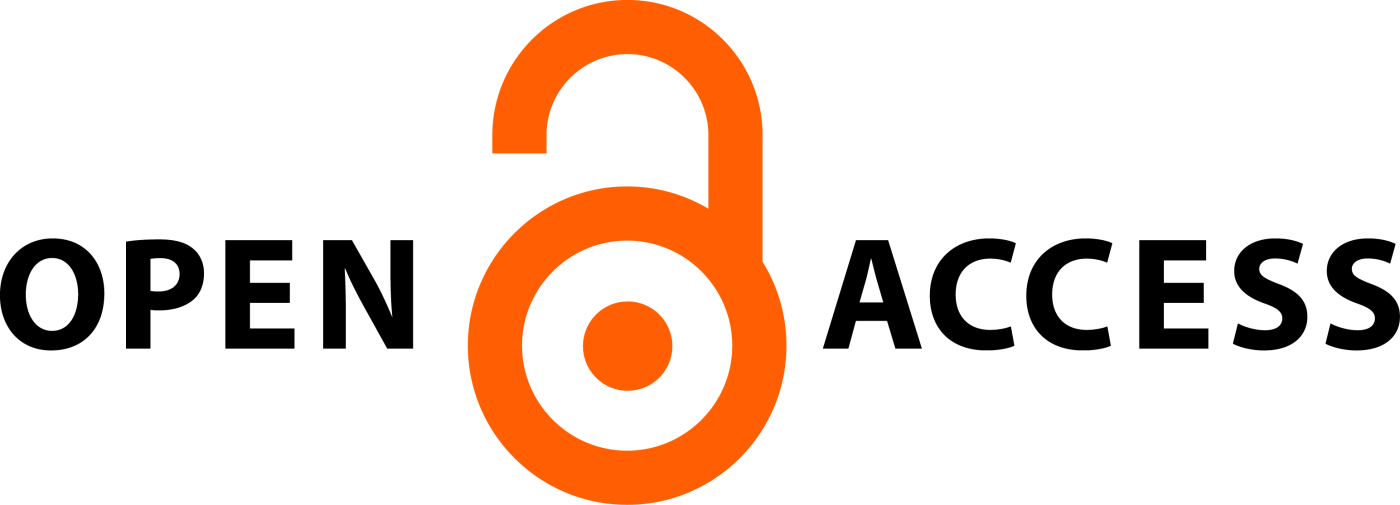THE EVOLVING ROLE OF PHYTOCHEMICALS IN CANCER THERAPY: MECHANISTIC INSIGHTS AND EMERGING TECHNOLOGIES
Abstract
Cancer remains one of the leading causes of global morbidity and mortality, necessitating the search for novel, effective, and safer therapeutic strategies. Phytochemicals—bioactive compounds derived from medicinal plants—have demonstrated promising anticancer properties by targeting multiple oncogenic pathways, including apoptosis induction, angiogenesis inhibition, metastasis suppression, and immune modulation. Among the most studied phytochemicals, alkaloids (vincristine, camptothecin), flavonoids (quercetin, genistein), terpenoids (paclitaxel, artemisinin), and polyphenols (curcumin, resveratrol) exhibit potent anticancer effects through mechanisms such as DNA damage induction, inhibition of survival signaling pathways (NF-κB, MAPK, PI3K/Akt), and modulation of oxidative stress. Despite these promising therapeutic attributes, the clinical translation of phytochemicals remains limited due to poor bioavailability, rapid metabolism, and drug resistance. Recent advances in nanotechnology-based formulations, AI-driven phytochemical screening, and synergistic combinations with conventional cancer therapies have emerged as potential solutions to enhance their clinical efficacy. This review comprehensively explores the molecular mechanisms of key phytochemicals in cancer therapy, their synergistic effects with chemotherapy, radiotherapy, and immunotherapy, and the latest clinical trial updates. Additionally, we discuss bioavailability enhancement strategies, regulatory challenges, and the future of precision phytotherapy in personalized oncology. The integration of artificial intelligence in phytochemical research and the application of CRISPR-based gene editing for pathway-specific interventions represent emerging frontiers that could revolutionize the use of plant-derived compounds in cancer treatment. By addressing existing challenges and leveraging cutting-edge innovations, phytochemicals hold the potential to become integral components of next-generation anticancer therapeutics.
Downloads
All the articles published in JAPSR are distributed under a creative commons license (CC BY-NC-SA 4.0)
Under this license, you are free to:
- Share- copy and redistribute the material in any medium or format for any purpose, even commercially.
- Adapt- remix, transform, and build upon the material for any purpose, even commercially.
The licensor cannot revoke these freedoms as long as you follow the license terms.
- Attribution — You must give appropriate credit , provide a link to the license, and indicate if changes were made . You may do so in any reasonable manner, but not in any way that suggests the licensor endorses you or your use.
- NonCommercial — You may not use the material for commercial purposes .
- ShareAlike — If you remix, transform, or build upon the material, you must distribute your contributions under the same license as the original.
- No additional restrictions — You may not apply legal terms or technological measures that legally restrict others from doing anything the license permits.
Copyright policy
The journal allows the author(s) to hold the copyright of their work. That means the authors do not need to transfer the copyright of their work to the journal. However, the authors grant JAPSR a license to publish the article and identify itself as the original publisher.
Licensing policy
The journal allows the author(s) to hold the copyright of their work. That means the authors do not need to transfer the copyright of their work to the journal. However, the authors grant JAPSR a license to publish the article and identify itself as the original publisher.






